Japan’s Venerated National Pastime

 Think cherry blossom season and one’s thoughts sooner or later drift to Japan in early Spring. Witnessing the exquisite yet fleeting beauty of countless cherry trees exploding into bloom is a quintessential Japanese experience, as captured by countless photos that regularly flood social media. Late March and early April, sakura (cherry blossom) devotees check daily TV weather reports for advice on when each area of Japan can expect these short-lived blooms to peak.
Think cherry blossom season and one’s thoughts sooner or later drift to Japan in early Spring. Witnessing the exquisite yet fleeting beauty of countless cherry trees exploding into bloom is a quintessential Japanese experience, as captured by countless photos that regularly flood social media. Late March and early April, sakura (cherry blossom) devotees check daily TV weather reports for advice on when each area of Japan can expect these short-lived blooms to peak.
The pale pink flowers’ ephemeral nature—they last no more than a week or two—draws crowds to wander beneath the heavily laden boughs and picnic and drink sake with family, friends, and work colleagues at hanami, or flower viewing parties, amid flurries of gently falling petals.

The cherry tree was imported into Japan from the Himalayas, and the custom of hanami is said to date back to 8th-century Nara, the capital that predates nearby Kyoto. The courtly Chinese tradition of flower viewing was adopted and given the Japanese twist of mono-no-aware, the melancholy appreciation of the transient. A half hour’s train ride from Nara, visitors can witness one of the most beautiful natural wonders of the season: the blooming of tens of thousands of wild sakura across the slopes of Mount Yoshino.
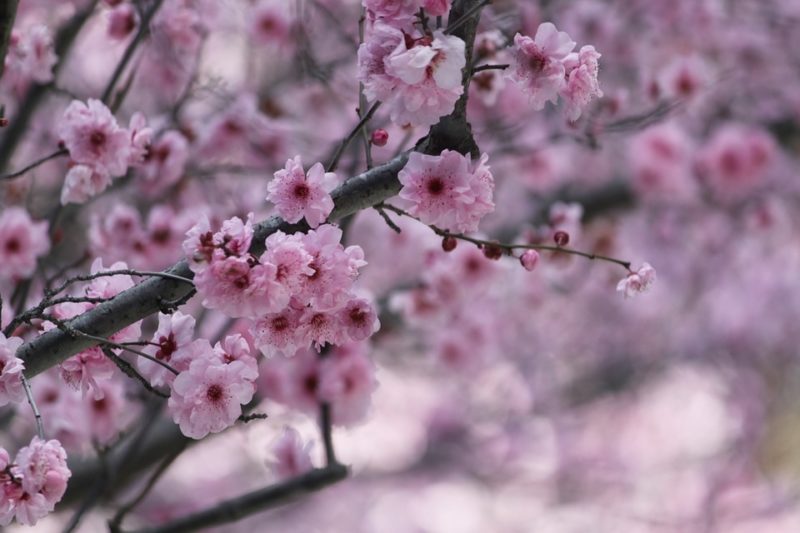
The mountain is covered with centuries-old white mountain cherry trees divided into groves (called Hitome-Sembon, or One Thousand Trees at a Glance) that, according to their altitude, bloom at different times, usually beginning in early April. Marked pathways, scattered temples, a predominantly Japanese blossom viewing crowd, and the shops and teahouses in the pleasant town of Yoshino promise an unforgettable experience.
 You don’t need to venture into the countryside to take part in hanami. In Tokyo, cherry blossom hot spots include Ueno Park; Shinjuku Gyoen; the Chidori-ga-fuchi moat, at the northwest corner of the Imperial Palace grounds; and the stretch of the Meguro river flowing through Naka-Meguro, which becomes a tunnel of fluffy blossoms. Kyoto’s key blossom viewing locations include the Kyoto Imperial Palace Park; the mile-long Philosopher’s Path, a sakura-lined walkway beside a canal that begins at the Ginkaku-ji Temple; and Maruyama-koen, a park that’s home to the famous Gion no Yozakura (Night-time Cherry of Gion), a spectacular weeping cherry tree that is illuminated at night.
You don’t need to venture into the countryside to take part in hanami. In Tokyo, cherry blossom hot spots include Ueno Park; Shinjuku Gyoen; the Chidori-ga-fuchi moat, at the northwest corner of the Imperial Palace grounds; and the stretch of the Meguro river flowing through Naka-Meguro, which becomes a tunnel of fluffy blossoms. Kyoto’s key blossom viewing locations include the Kyoto Imperial Palace Park; the mile-long Philosopher’s Path, a sakura-lined walkway beside a canal that begins at the Ginkaku-ji Temple; and Maruyama-koen, a park that’s home to the famous Gion no Yozakura (Night-time Cherry of Gion), a spectacular weeping cherry tree that is illuminated at night.
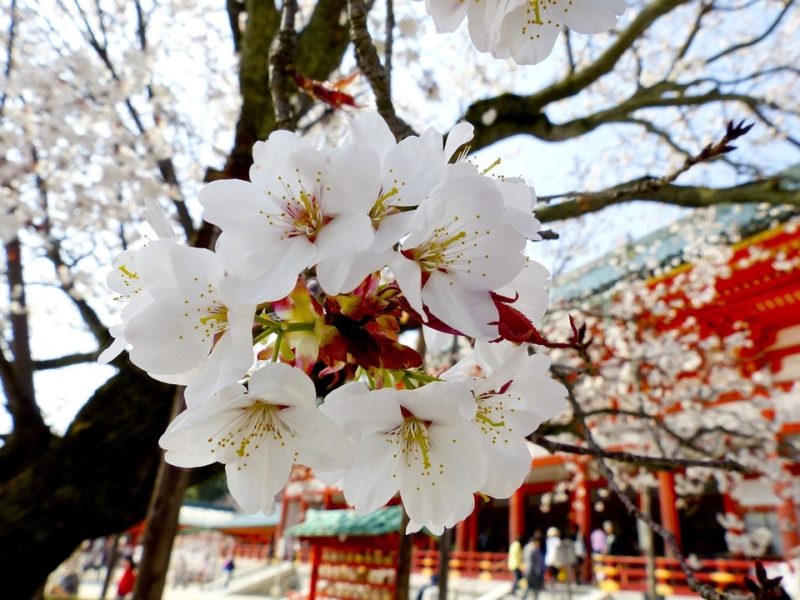
And don’t forget to check out the book!
 About the Book:
About the Book:
The world’s bestselling travel book is back in a more informative, more experiential, more budget-friendly full-color edition. A #1 New York Times bestseller, 1,000 Places reinvented the idea of travel book as both wish list and practical guide. As Newsweek wrote, it “tells you what’s beautiful, what’s fun, and what’s just unforgettable—everywhere on earth.” And now the best is better. There are 600 full-color photographs. Over 200 entirely new entries, including visits to 28 countries like Lebanon, Croatia, Estonia, and Nicaragua, that were not in the original edition. There is an emphasis on experiences: an entry covers not just Positano or Ravello, but the full 30-mile stretch along the Amalfi Coast.
Every entry from the original edition has been readdressed, rewritten, and made fuller, with more suggestions for places to stay, restaurants to visit, and festivals to check out. And throughout, the book is more budget-conscious, with starred restaurants and historic hotels such as the Ritz, but also moderately priced gems that don’t compromise on atmosphere or charm.
The world is calling. Time to answer.
Buy the Book
Amazon | B&N | Indiebound | Workman

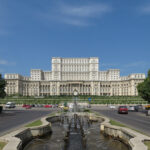
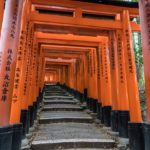
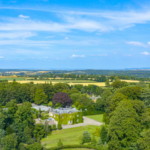

No Comments